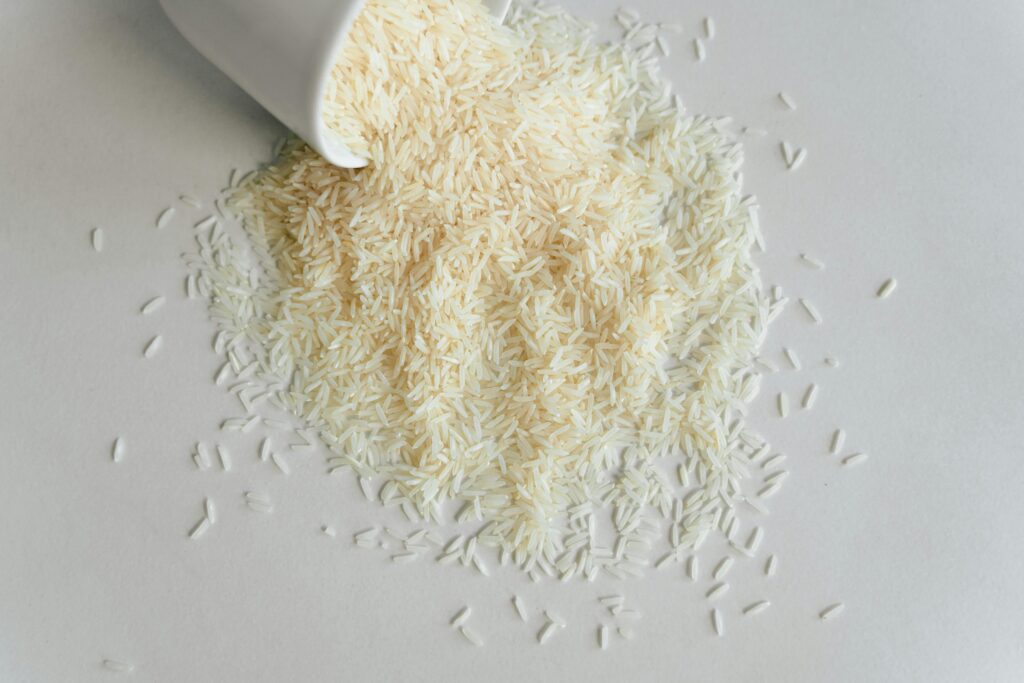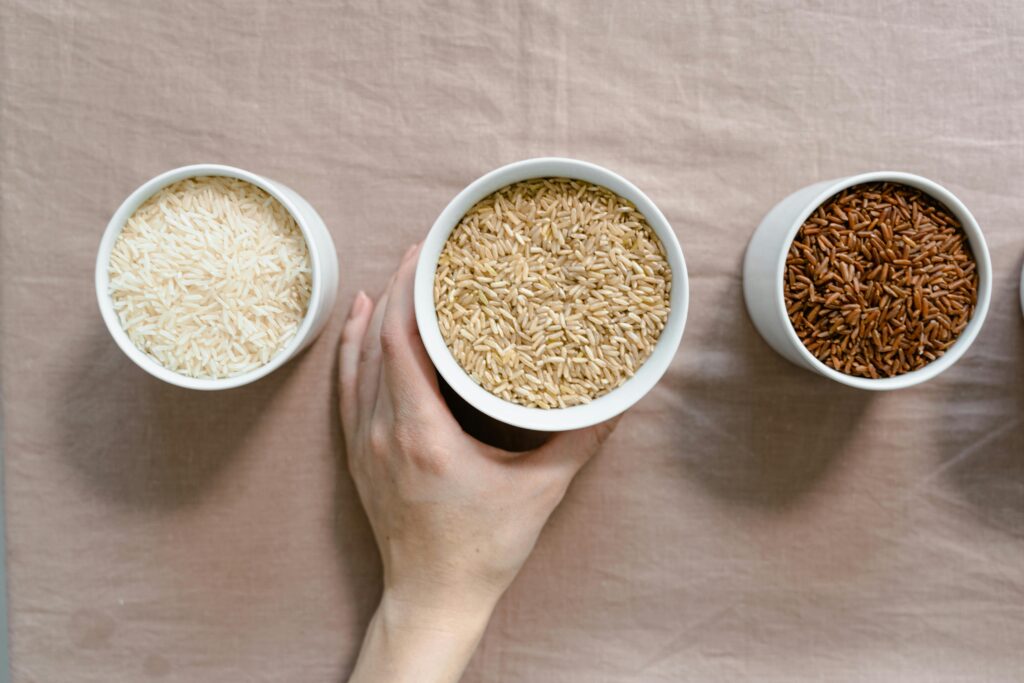Table of Contents
ToggleExporting Rice from India: A Comprehensive Guide
India is one of the largest producers and exporters of rice in the world, playing a vital role in meeting the global demand for this staple food. The country’s diverse agricultural landscape, coupled with favorable climatic conditions, makes it a prominent player in the international rice market. Exporting rice from India requires a thorough understanding of the different types of rice, their respective Harmonized System (HS) codes, regulatory requirements, and export procedures. This article provides a comprehensive guide on exporting rice from India, covering product types, HS codes, and essential steps in the export process.

Types of Rice Products in India with HS Codes
India produces a wide variety of rice that caters to both domestic and international markets. The two primary categories of rice are Basmati Rice and Non-Basmati Rice, each with its unique characteristics and market demand.
1. Basmati Rice
Basmati rice is known for its long grains, distinct aroma, and superior quality. It is highly popular in international markets, especially in countries like the Middle East, Europe, and the USA.
HS Codes for Basmati Rice:
10063010 – Basmati Rice (Polished or Husked)
10063020 – Semi-Milled or Wholly Milled Basmati Rice
2. Non-Basmati Rice
Non-Basmati rice forms the bulk of India’s rice exports due to its affordability and availability. It is widely consumed in African and Asian countries.
HS Codes for Non-Basmati Rice:
10061010 – Paddy Rice (Husked)
10062000 – Husked (Brown) Rice
10063090 – Non-Basmati Rice (Semi-Milled or Wholly Milled)
10064000 – Broken Rice
3. Parboiled Rice
Parboiled rice is partially boiled in the husk, which improves its nutritional value and shelf life. It is commonly exported to African countries and the Middle East.
HS Code for Parboiled Rice:
10063090 – Non-Basmati Parboiled Rice
4. Organic Rice
Organic rice is cultivated without the use of synthetic pesticides or fertilizers, making it highly sought-after in health-conscious markets.
HS Code for Organic Rice:
10063010 – Organic Basmati Rice
10063090 – Organic Non-Basmati Rice
Major Rice Producing States in India
India’s rich agricultural heritage makes it one of the leading producers of rice globally. The major rice-producing states in India include:
West Bengal – The largest producer of rice in India, known for its premium quality varieties
Uttar Pradesh – A significant producer of both Basmati and Non-Basmati rice
Punjab – Renowned for high-quality Basmati rice
Andhra Pradesh – Major producer of Sona Masuri rice
Telangana – Known for fine-quality rice production
Chhattisgarh – Often referred to as the rice bowl of India
Odisha – Produces a variety of aromatic and Non-Basmati rice
Bihar – Significant contributor to India’s Non-Basmati rice production
Tamil Nadu – Known for Ponni rice and other varieties
Jharkhand – Producer of indigenous aromatic rice varieties

Steps to Export Rice from India
Exporting rice from India involves several key steps to ensure compliance with government regulations and smooth logistics operations.
1. Registration with APEDA
The Agricultural and Processed Food Products Export Development Authority (APEDA) is the primary regulatory body for rice exports in India. Exporters must register with APEDA to obtain a Registration-Cum-Membership Certificate (RCMC).
2. IEC Code
Exporters need to obtain an Import Export Code (IEC) from the Directorate General of Foreign Trade (DGFT). This code is mandatory for any commercial export activity.
3. Quality Certification
Quality inspection and certification from APEDA or other authorized agencies are required to ensure that the rice meets international quality standards.
4. Packaging and Labeling
Proper packaging is essential to maintain the quality of rice during transit. Exporters should use food-grade, moisture-resistant packaging materials and label products according to the importing country’s regulations.
5. Export Documentation
Key documents required for rice export include:
Commercial Invoice
Packing List
Bill of Lading
Certificate of Origin
Quality Inspection Certificate
Phytosanitary Certificate
Fumigation Certificate
6. Customs Clearance
Exporters need to file the Shipping Bill with Indian Customs and obtain customs clearance before dispatching the goods.
Major Importing Countries for Indian Rice
India exports rice to more than 150 countries. The major importers of Indian rice include:
Saudi Arabia
Iran
Iraq
UAE
USA
UK
Bangladesh
Nigeria
Nepal
Government Policies and Incentives
The Indian government provides various incentives to promote rice exports, including:
Duty Drawback Scheme – Refund of customs duty on imported inputs
Transport and Marketing Assistance (TMA) – Financial assistance for transport and marketing of agricultural products
Export Promotion Capital Goods (EPCG) – Import duty exemption on capital goods used for producing export goods
Challenges in Rice Export
Despite its vast export potential, the rice export business faces several challenges such as:
Fluctuating international prices
Stringent quality standards
Trade barriers and tariffs
Logistics and transportation issues
Climate change impact on production
Conclusion
Exporting rice from India is a lucrative business opportunity with significant global demand. Understanding the different types of rice, their HS codes, and the regulatory framework is essential for successful export operations. With proper quality control, packaging, and compliance with international standards, Indian rice exporters can tap into expanding global markets and boost their business. As the world’s leading rice exporter, India has immense potential to strengthen its presence in international trade while ensuring sustainable agricultural practices.
